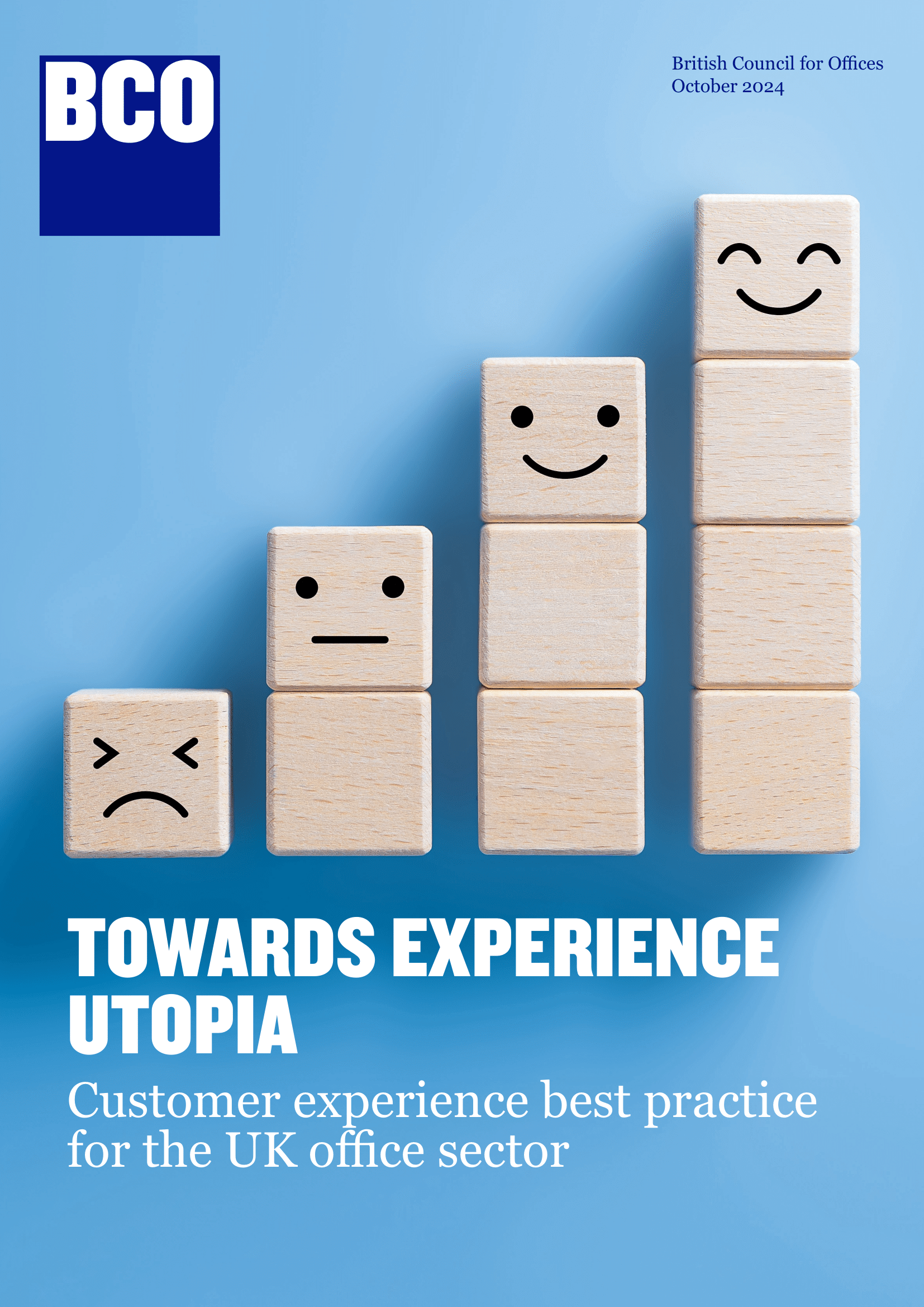CoStar Column by Bill Page: Investing in a changing office market

I have just completed a very enjoyable three years chairing the research committee of the British Council for Offices (BCO). In this time, two themes stood out above all others, writes Bill Page, Business Space Research Manager, LGIM Real Assets.
These two things are: occupiers are customers and investors have to treat them as such; and office space is a performance lever for companies, not just a shell that gets handed over.
“Occupiers are customers” may sound a bit trite. It has been part of the dialogue ever since the industry realised the Landlord and Tenant Act sounded a bit feudal and can indeed be adversarial in practice. It means landlords must go beyond their contractual liabilities and understand what end-users actually value. And end-user means the employee – not the corporation who signs the lease. Corporate requirements of appropriate lease length, catchment demographics and portfolio flexibility, for instance, do not always match “What Workers Want” which can be as simple as comfort, cleanliness, reliable Wi-Fi and, most importantly, pride in their place of work.
Ensuring occupiers are happy should be obvious. Everyone wants good service, but real estate lags behind other industries. Only 1 in 5 office occupiers within traditional space say their landlords are responsive, according to Real Service Ltd. But this rises to 4 in 5 occupiers within co-working space. Arm’s length interaction through disinterested intermediaries is no longer an option (nor should it ever have been). We have no doubt that content occupiers will stay in their offices for longer and therefore drive more income, less re-letting risk and less costly refurbishment than occupiers who vacate at their first opportunity.
A fundamental requirement of any building is to protect its occupant from harm. This sounds straight forward but the evidence of sick building syndrome, legionnaire’s disease and asbestosis tells us real estate can get this wrong. However, offices are now being designed to promote good health – not just the absence of harm. The physical building needs to address air quality, light levels and views of nature, for instance, while under certain certification occupants will need to promote the use of internal stairs and even the size of the plates used in the canteen.
Healthy offices enable productive work. Employee costs are between 7 and 15 times office costs and real estate can improve the productivity of these employees by around 3%. Productivity improvements are therefore the single most important contribution property professionals can make. The costs to productivity from ineffective measures to cut costs, or by imbedding poorly thought through intensification, for instance, can be astronomic.
Knowing how healthy employees are and how they are utilising space is important in managing the workplace. Smarter buildings require skills to operate and can create a huge amount of data to interpret. Furthermore, some of the most useful data comes from technology that is wearable. Wearables can measure location, air quality, calorie intake, anxiety or even posture. But as soon as employers try and utilise such data – even if demonstrably for the greater good – there are understandable privacy concerns. We expect data from wearables to be used as evidence in legal cases where workers claim their workplace has caused them physical harm. Employers will get sued and may counter-sue their landlords.
This all requires the better use of technology – across all points of a building’s lifecycle. For instance, buildings can be designed, constructed, marketed and managed using 3D representations of complex engineering systems. Visualisations can be fully immersive or collaborative. There are opportunities for full engagement between all interested parties before the first spade goes into the ground. This covers how office buildings are perceived externally – how they dominate a streetscape or interact with the public realm, or internally – the all-important first impression can be visualised and optimised. Once the reception looks good the hospitality skills of those who run it cannot be forgotten. This is another area where we are seeing a virtuous “race to the top”.
There are meaningful implications to real estate investors. Human engagement between landlords and occupiers will become more important, not less. This can be enabled by technology making mundane tasks efficient leaving time for valuable human interactions. Buildings will become smarter, more complicated and with an increased requirement for non-income generating space such as big receptions and touch down areas. Ultimately, however, the delivery and management of offices will be about curating the productivity of its occupants. Landlords who engage will see financial rewards, landlords who stand still will be overtaken.
Bill Page, Business Space Research Manager, LGIM Real Assets
As seen in CoStar



